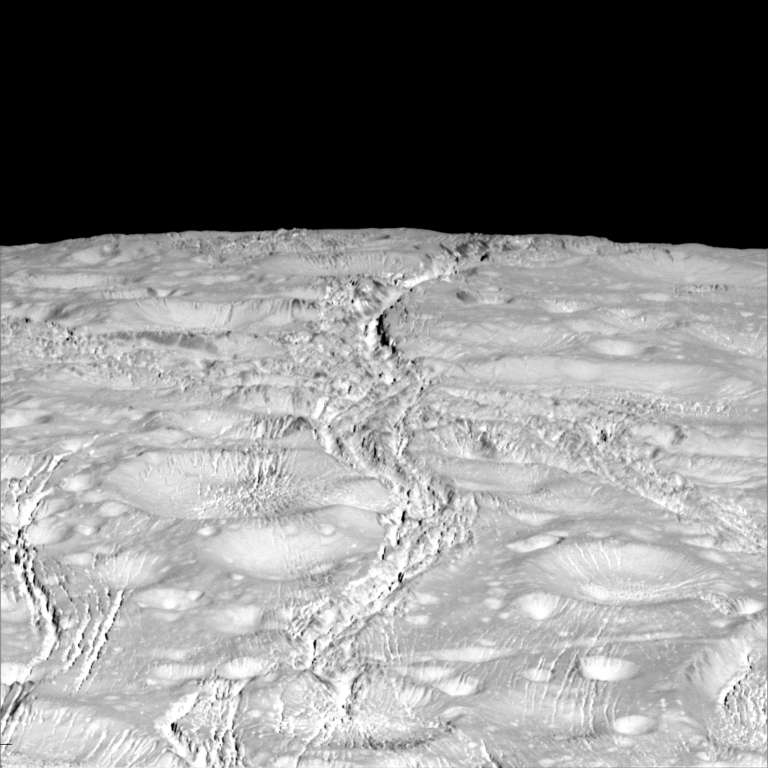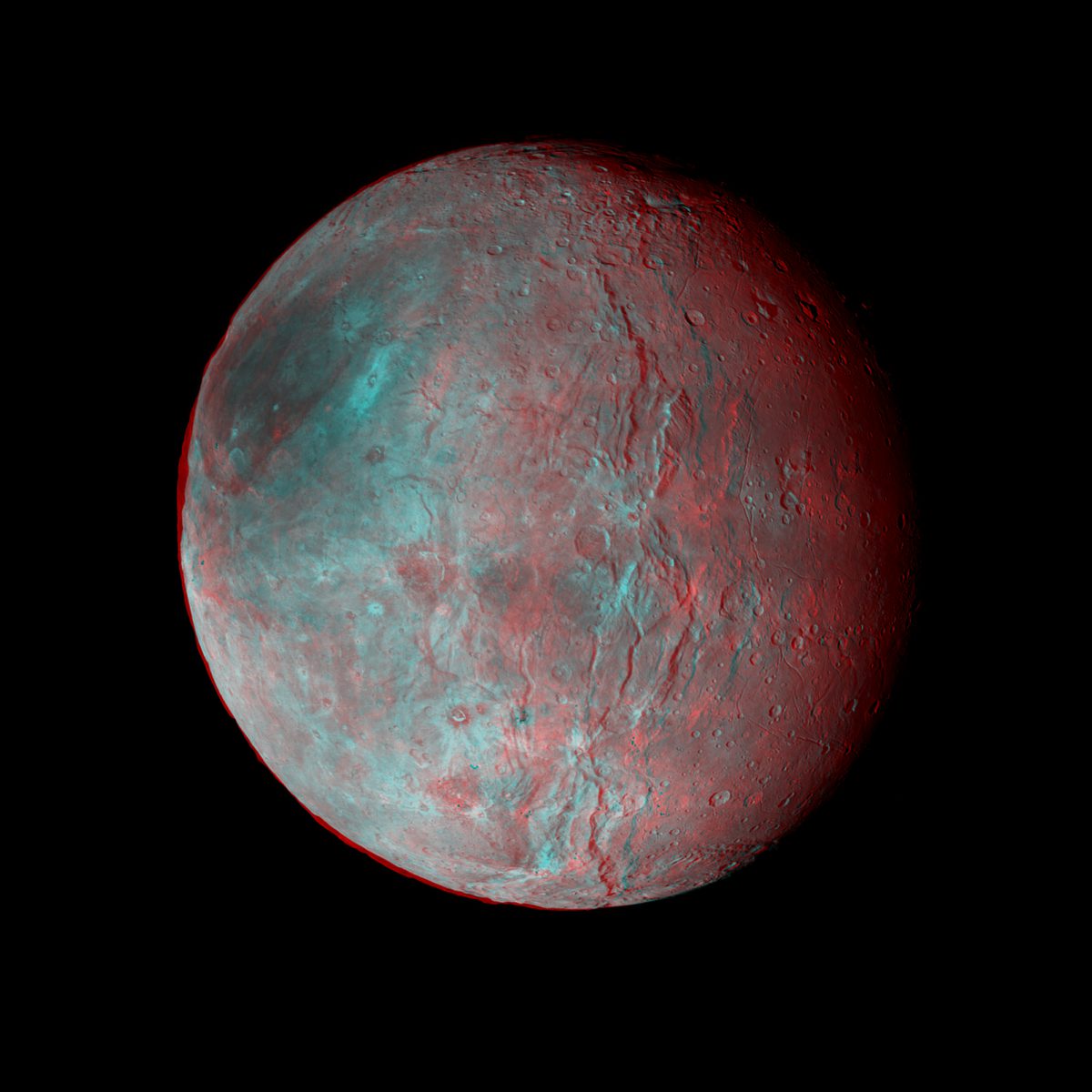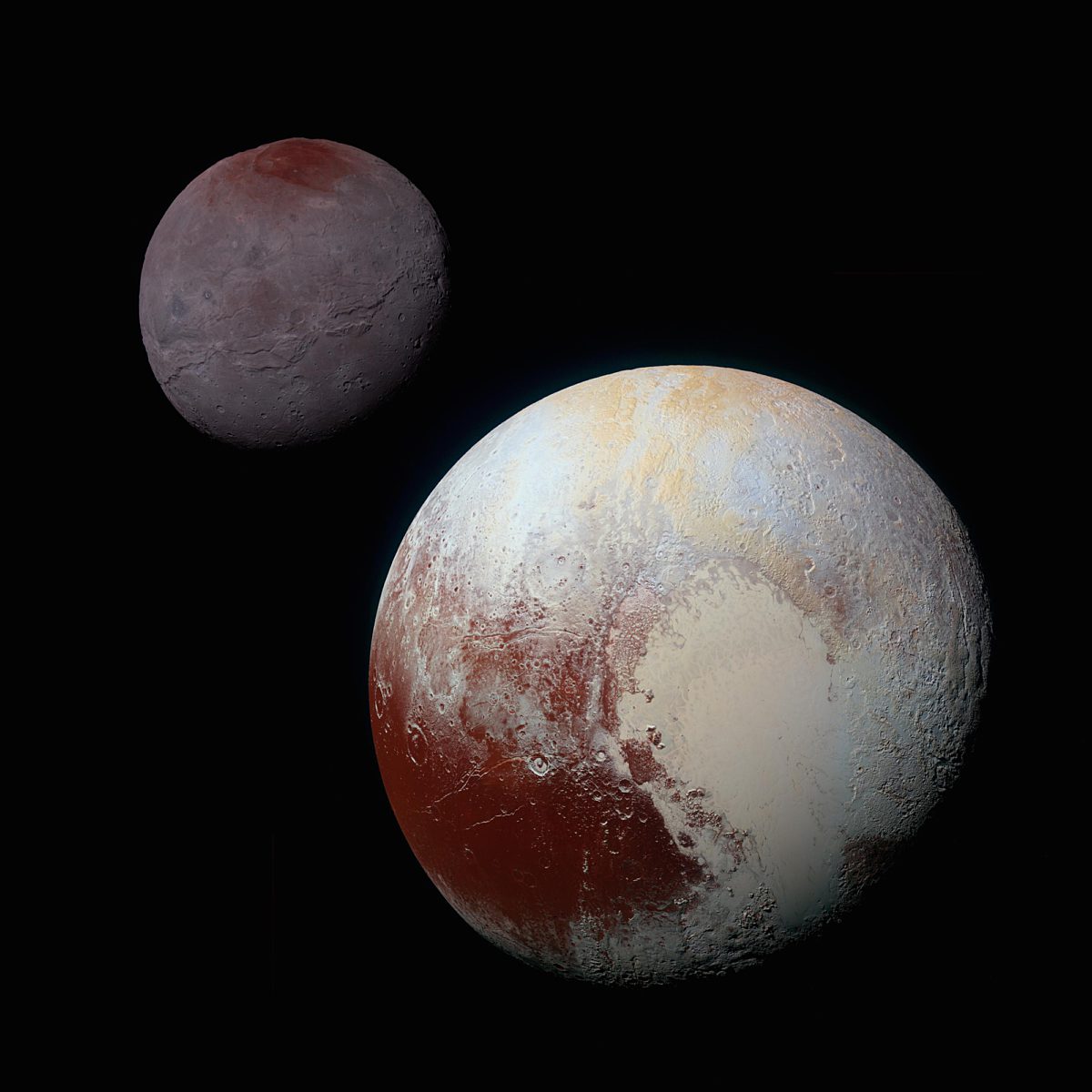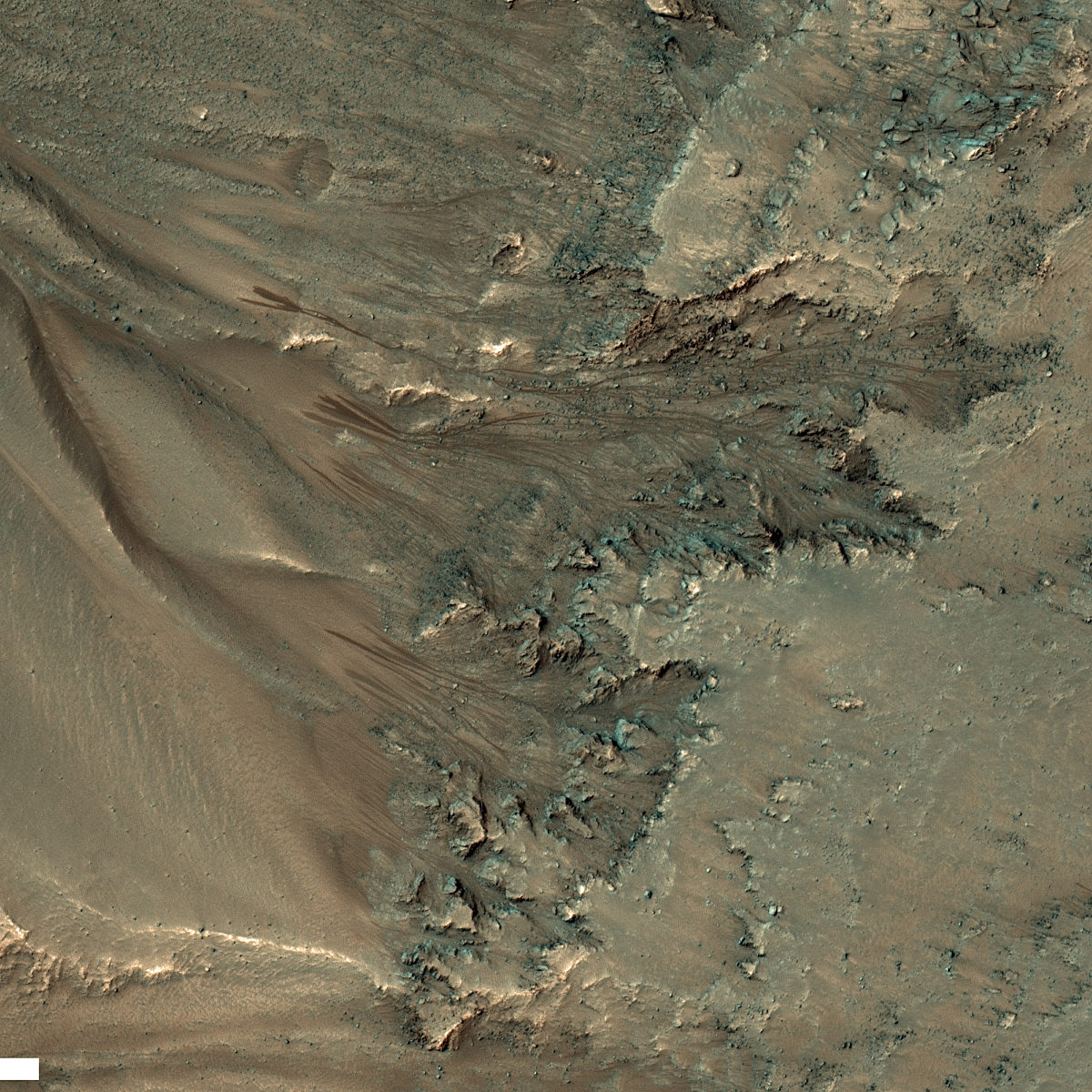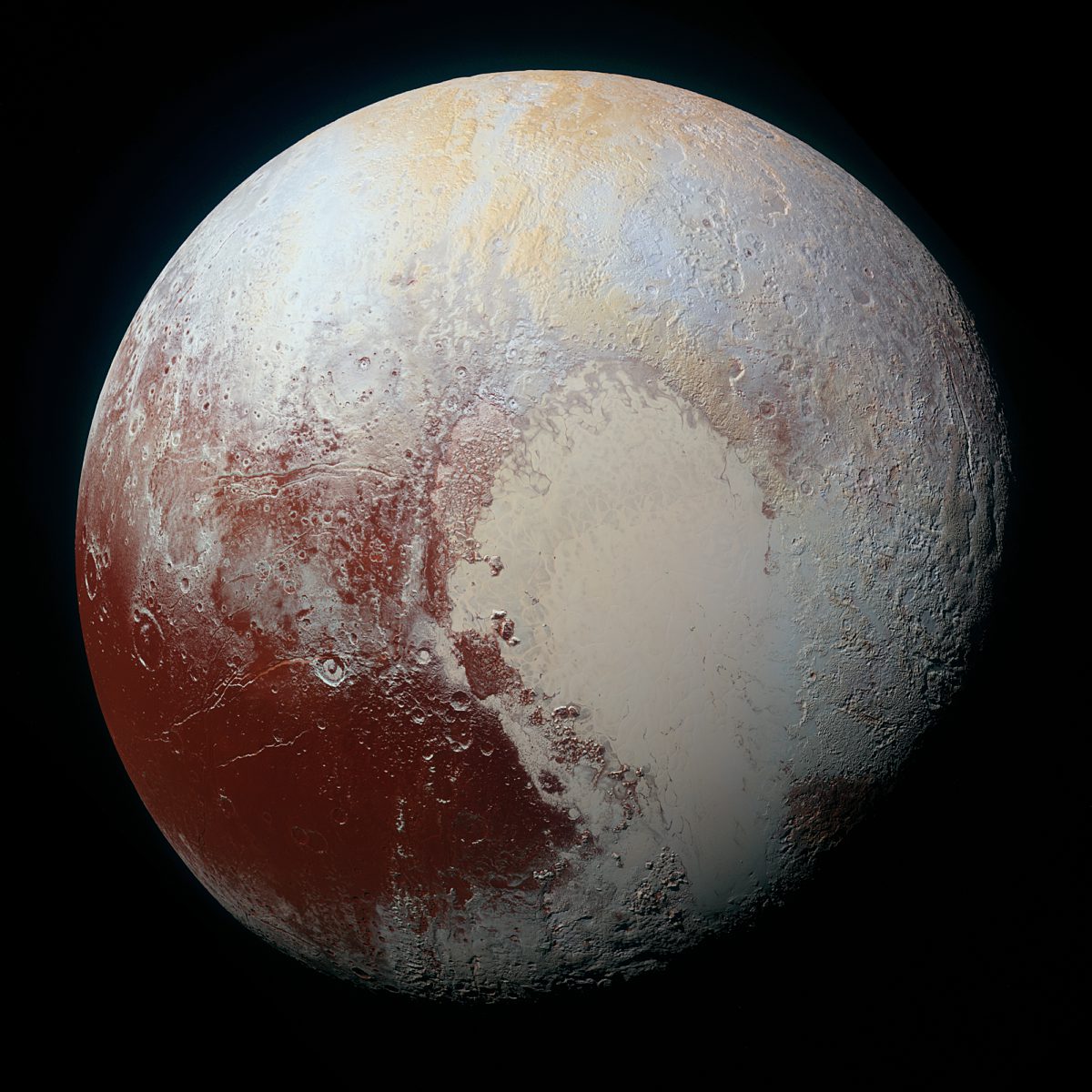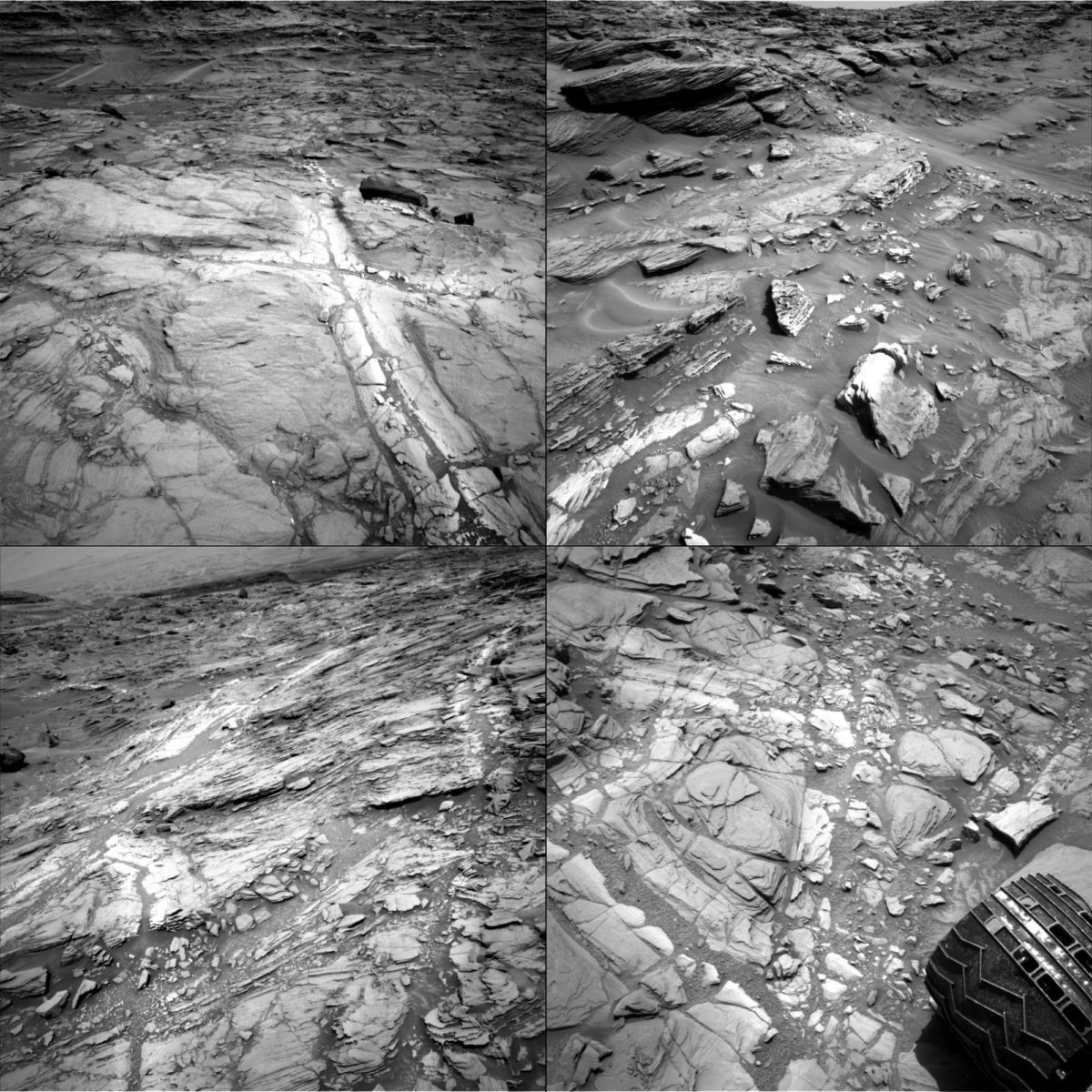All
All
Stories, updates, insights, and original analysis from The Planetary Society.
Reporting from the 47th annual Division for Planetary Sciences Meeting, DPS15
I'll be reporting all week from Washington, D.C. from the 47th annual meeting of the Division for Planetary Sciences of the American Astronomical Society. Expect lots of news from New Horizons, Dawn, Cassini, MAVEN, WISE, and Rosetta missions, not to mention ground-based telescopes, plus a variety of other sources.
ESA mission updates
There have been several important pieces of news about European missions in the last month: Rosetta's fate has been determined; ExoMars Trace Gas Orbiter's launch is slightly delayed; and they have selected a landing site for the ExoMars rover.
The round worlds in the solar system: An updated graphic
I have a newly updated scale comparison graphic to share: all the round worlds in the solar system smaller than 10,000 kilometers in diameter, now with added Pluto, Charon, and Ceres.
Dawn data from Ceres publicly released: Finally, color global portraits!
A few days ago, Dawn officially released the first big pile of data from the Ceres mission phase. Thanks to the public release, I can show you color global portraits of Ceres.
Filling in the Enceladus map: Cassini's 20th flyby
A couple of days ago, Cassini flew past Enceladus for its 20th targeted encounter. Cassini has seen and photographed quite a lot of Enceladus before, but there's still new terrain for it to cover.
Favorite Astro Plots #2: Condensation of the solar system
Behold: the story of how our solar system began, in one chart. This is the second installment in a series of planetary scientists' favorite plots. Today's #FaveAstroPlot was suggested by spectroscopist Michael Bramble.
Charon in 3D
Last week, the pile of New Horizons LORRI camera raw image releases included nine frames from a high-resolution mosaic on Charon. Together with the color MVIC view, they make a 3D global photo of Pluto's moon. Other recently released goodies include a global backlit color image of Pluto and the first image that resolves the tiny moon Styx.
How do you pronounce "Ryugu?"
With some help from astronomer Elizabeth Tasker and a group of astronomy graduate students from the University of Hokkaido, I learn how.
Mars Orbiter Mission update: A year at Mars
A couple of weeks ago, there was a flurry of rumor that ISRO was ready to announce some results from its Mars Orbiter Mission's methane sensor. The Indian space agency held a press event for the one-year-in-orbit anniversary of Mars Orbiter Mission and released a book containing mission photos, but did not unveil any new scientific results.
Finding new language for space missions that fly without humans
Historically, human spaceflight was described using the words
Hayabusa2's target asteroid has a name!
JAXA announced today the results of the naming contest for Hayabusa2. The target of the sample-return mission, formerly known as 1999 JU3 and still numbered 162173, is now named 162173 Ryugu.
New Horizons releases new color pictures of Charon, high-resolution lookback photo of Pluto
Now that New Horizons is regularly sending back data, the mission is settling into a routine of releasing a set of captioned images on Thursdays, followed by raw LORRI images on Friday. The Thursday releases give us the opportunity to see lovely color data from the spacecraft's Ralph MVIC instrument. This week, the newly available color data set covered Charon.
Favorite Astro Plots #1: Asteroid orbital parameters
This is the first in a series of posts in which scientists share favorite planetary science plots. For my #FaveAstroPlot, I explain what you can see when you look at how asteroid orbit eccentricity and inclination vary with distance from the Sun.
The solar system at 1 kilometer per pixel: Can you identify these worlds? The answers
Last Friday I posted an image containing 18 samples of terrain, all shown at the same scale. Were you able to figure out which square was which? Here are the answers.
NASA announces five Discovery proposals selected for further study
NASA announced the first-round selections for its next Discovery mission today. A total of five planetary mission concepts -- three targeted at asteroids, two at Venus -- will move to the next stage of the competition.
NASA's Mars Announcement: Present-day transient flows of briny water on steep slopes
NASA held a press briefing today to publicize a cool incremental result in the story of present-day liquid water on Mars. How big a deal is this story? Was all the pre-announcement hype justified? Is this just NASA discovering water on Mars for the zillionth time? What does this mean for things many space fans care about: life on Mars or future human exploration?
The solar system at 1 kilometer per pixel: Can you identify these worlds?
A look at the surfaces of 18 worlds in our solar system, all at the same scale.
Lose yourself in this high-resolution portrait of Pluto
Enlarge this image to its full 8000-pixel-square glory and lose yourself in it.
Checking in on Uranus and Neptune, September 2015 edition
There are no spacecraft at Uranus or Neptune, and there haven't been for 30 and 25 years, respectively. So we depend on Earth-based astronomers to monitor them, including Damian Peach.
Curiosity update, sols 1073-1107: Driving toward dunes, distracted by haloes
Since I last checked in with Curiosity, the rover has been steadily driving southward, heading directly toward the Bagnold dune field. They are looking for a place to drill into the Stimson sandstone unit, but have been distracted by intriguing pale haloes around frock fractures. Despite a rough road, the wheels are not showing significant increase in damage.


 Explore Worlds
Explore Worlds Find Life
Find Life Defend Earth
Defend Earth


 Sun
Sun Mercury
Mercury Venus
Venus Earth
Earth Mars
Mars Jupiter
Jupiter Saturn
Saturn Uranus
Uranus Neptune
Neptune Small Bodies
Small Bodies


